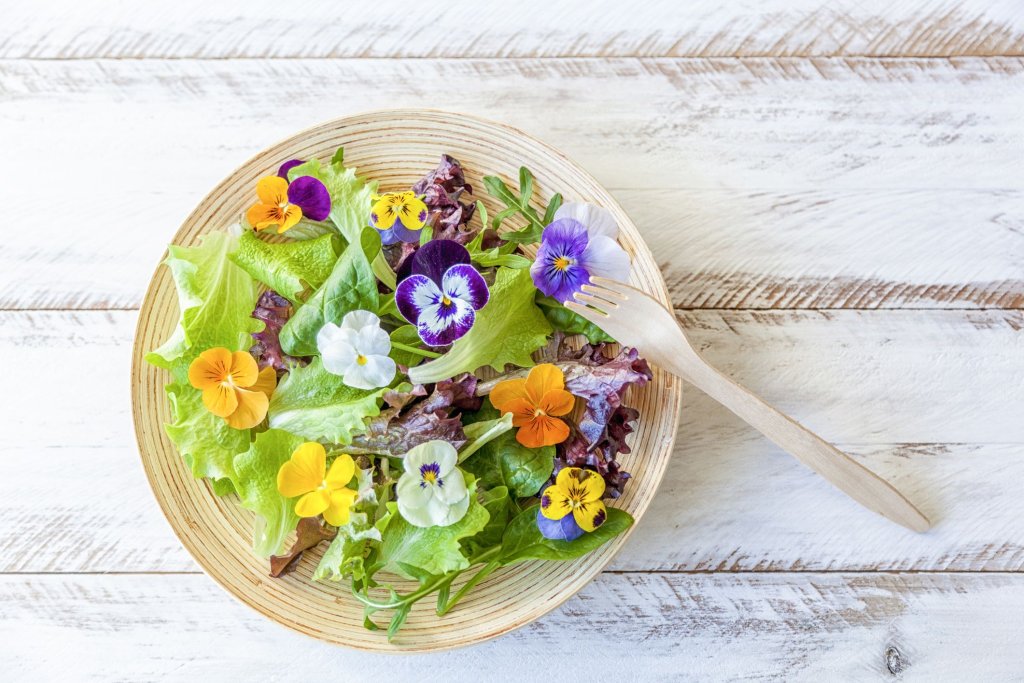Flowers have long been admired because of their beauty. They have been an integral part of human culture for centuries. It has been adorning our gardens and symbolizing emotions. But did you know that many of them are edible?
Beyond their visual appeal, various kinds of flowers are edible. They make the dishes visually appealing and also add a touch of unique and delightful dimension to your dishes.
Incorporating edible flowers into various dishes has gained immense popularity in recent years.
In this blog, we will discuss the different kinds of edible flowers that you can incorporate into your culinary creations.
Different Edible Flowers
Looking to add a creative twist to your recipes? Add a burst of color and flavor to your recipes with edible flowers. So they are not just for looks and being pretty. They are packed with vitamins.
Let us check the most common and not-so-common edible flowers to use for cooking.
Common Edible Flowers
1. Roses
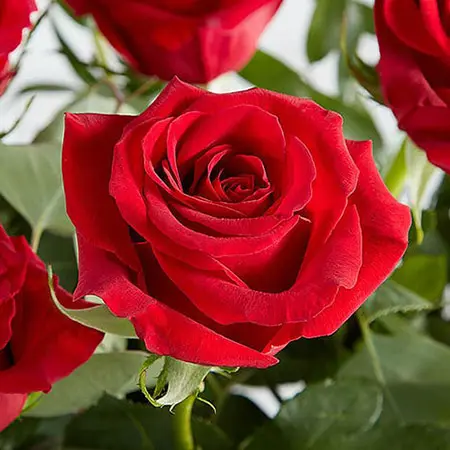
Roses, those lovely flowers people give to show love, can be eaten, too. The classic garden beauty we are talking about has various flavors. And they can range from sweet to a bit spice.
Something interesting is that the darker the petal, the stronger the taste. You can use it to make your desserts look more beautiful by sprinkling the petals on cakes or ice creams.
2. Chamomile

Chamomile, known for its calming properties in herbal trees, is an edible flower that brings a gentle and soothing flavor to various culinary creations. These edible flowers taste like an apple with a hint of honey, making them a delightful addition to sweet and severe dishes.
Chamomile can be used in several ways to elevate the flavors of your meal. Chamomile flowers can be sprinkled over salads to import a refreshing twist into desserts like cakes, cooking puddings, etc., to give an aromatic sweetness
3. Squash Blossoms
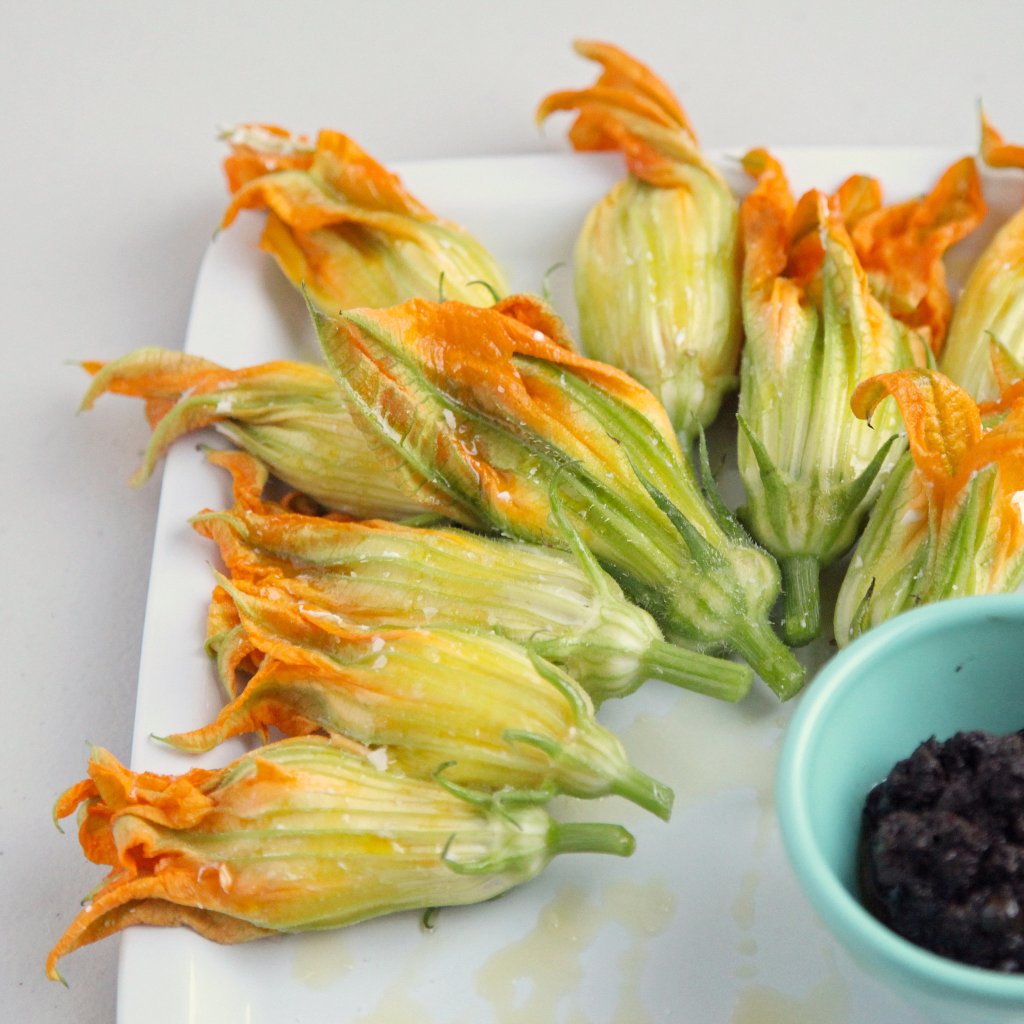
Squash blossoms are not just beautiful to look at but also a delightful array of culinary possibilities. Squash blossoms are a unique and highly sought-after delicacy in certain cuisines, particularly Italian cooking.
What makes squash blossoms edible are their tender, delicate petals with a slightly sweet flavor with hints of squash or zucchini. This unique taste profile makes them a versatile ingredient in various dishes, from severe to sweet.
4. Calendula
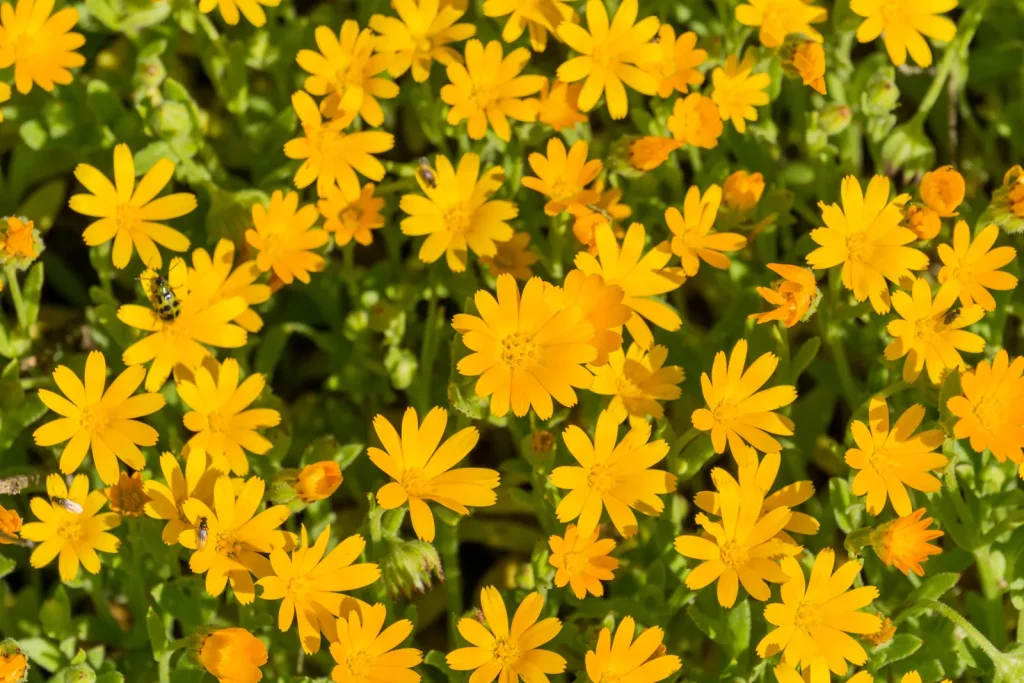
Calendula, often called marigold, is a fascinating and versatile edible flower that has captured the attention of gardeners and culinary enthusiasts. Calendula boasts a mild tangy flavor.
This gentle tanginess adds a delightful twist to various dishes, making it a sought-after ingredient in edible flowers. Furthermore, their petals can be dried and ground into a powder, which can be used as a natural food coloring.
5. Lavender

Lavender is not only known for its soothing fragrance but is also used as a culinary flavor. You can get creative with lavender by infusing its unique taste into various dishes. One popular use of lavender is to make lavender sugar to add to baked goods or beverages.
But too much lavender can overpower your dishes and make them taste like soap. So, use it sparingly to enjoy its subtle and exciting flavor.
Not-So-Common Edible Flowers
1. Begonias

The tangy bite of a begonia flower is unique. These petals can add a refreshing taste to your dishes. But while begonias can be a delightful addition to your culinary creations, it is wise to treat them with care if you have any medical condition.
2. Tulips

Tulips come in a dazzling area of colors; yes, they are indeed edible. Interestingly, even the bulbs were used in times of scarcity pickled in the Netherlands. When it comes to the petals, you can get creative by stuffing them with either sweet or savory feelings. But they may not suit everyone, so don’t go overboard to ensure a safe and enjoyable dining experience.
3. Pansies
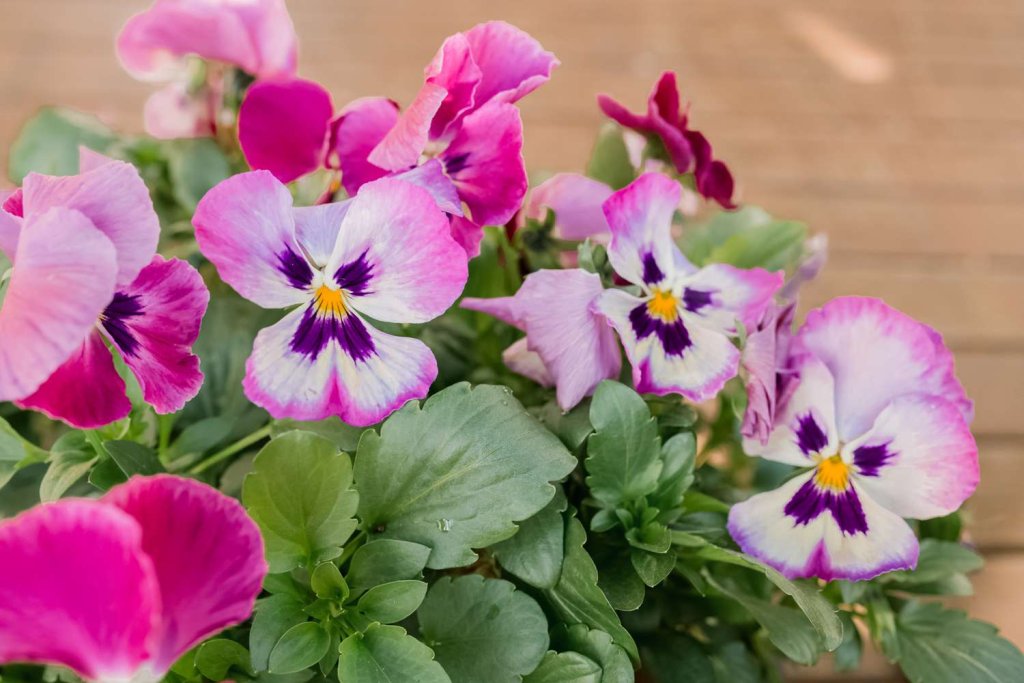
Pansies, those charming little flowers, hold a surprising secret. They contain vitamins A and C. These delicate blooms add color and a nutritional boost to your dishes. Their substantial texture makes them a perfect addition to salads. So when you want to lie when up your salad, consider adding pancies for flavor and visual appeal.
4. Primroses

Primroses aren’t just lovely springtime blossoms and add a delightful touch to your culinary creations. Their delicate florets taste slightly sweet to cake, pancakes, and other dishes. This process turns them into stunning “cake art” that will impress and get your friends talking. By incorporating primroses into your recipes, it brings beauty to the table along with a delightful taste.
5. Dandelions
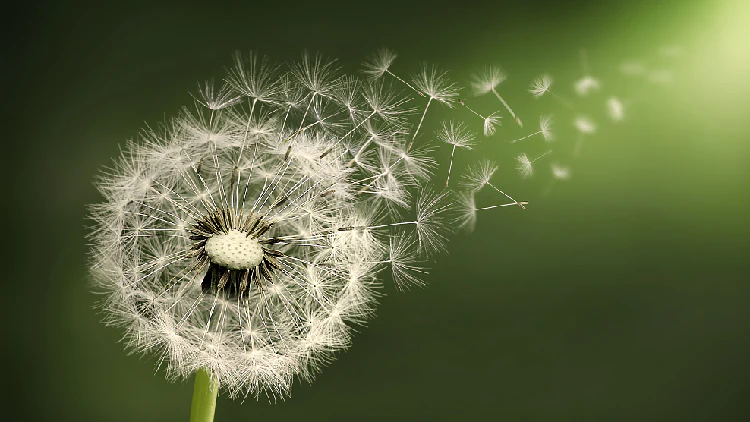
Dandelions are not only considered as weeds but also hide a secret. Their petals are edible. While they taste slightly bitter, these petals can be a unique addition to your dishes. They can be used to show up salads, adding a hint of bitterness to balance out the flavors. They can also be used to make dandelion wine. So, next time you see dandelions in your home, consider their potential in your culinary and beverage experiments.
Conclusion
The world of Edible Flowers offers a delightful and diverse array of options for culinary experiments to not only add visual appeal to the dishes but also contribute unique flavors and aromas. From decorating cakes to infusing teas, tossing them in salads, and making jams, edible flowers have been a culinary secret for centuries.
These edible flowers are not only pleasing to the eye but also to the plate. Remember that not all flowers are safe, and it’s essential to positively identify their species before consumption.
So, explore this fragrant world of blossoms and savor their unique flavors in your dishes.

